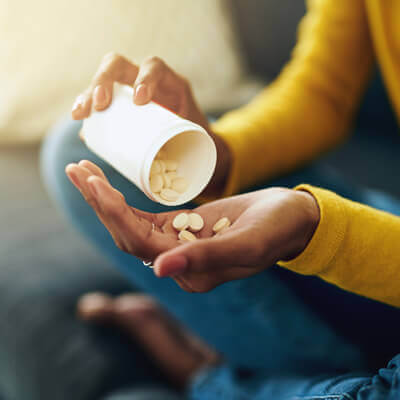 You’ve probably used drugs like ibuprofen (Advil), naproxen (Aleve), or Piroxicam to ease pain after an injury. These are called NSAIDs (nonsteroidal anti-inflammatory drugs). Doctors and athletes love them because they cut pain fast. But here’s the catch: they might slow down your healing.
You’ve probably used drugs like ibuprofen (Advil), naproxen (Aleve), or Piroxicam to ease pain after an injury. These are called NSAIDs (nonsteroidal anti-inflammatory drugs). Doctors and athletes love them because they cut pain fast. But here’s the catch: they might slow down your healing.
What Studies Are Telling Us
In fact, several studies have raised concerns. In muscle injuries, Piroxicam stopped the early healing process. After four days, treated muscles were only 40% as strong as untreated ones.
It doesn’t stop there. After a month, muscles treated with another NSAID (Flurbiprofen) were still weak and hadn’t healed properly under a microscope. When it comes to tendons, NSAIDs like Indomethacin slowed the growth of repair cells, leaving them weaker—like dropping from a strength of 12 to just 2.5 units in one study.
In cases like ankle sprains, Piroxicam did help soldiers return to training faster by easing pain. However, their ligaments stayed looser and weaker compared to those who didn’t take it. Short-term comfort came at the cost of long-term strength.
Pain Relief Isn’t the Same As Healing
This is where many people get stuck. “NSAIDs are great at making you feel better, but feeling better doesn’t mean you’re actually healed,” says Dr. Bob Apol. They block inflammation’s repair signals—like prostaglandins—which your body needs to rebuild tissue.
So, while the pain fades, the injury might not fully recover beneath the surface. Before reaching for pills, it’s worth asking: Is this helping my body repair itself? Things that support tissue growth—like gentle movement—help you heal. Things that block it—like relying too much on NSAIDs—might hold you back.
Why Do We Keep Using Them?
The simple answer? They’re fast and easy. Even though science isn’t fully behind NSAIDs for healing, they remain a go-to for pain relief. But there’s more to the story, especially when you factor in another piece of the puzzle—your diet.
Your Diet and Inflammation
What you eat every day plays a bigger role than most people realize. About 60% of the average diet comes from sugar, white flour, and refined oils (like corn or soybean oil). These foods are high in omega-6 fats, which your body turns into pain-causing chemicals. Toss in fatty meats and dairy, and you’re basically fueling inflammation at every meal.
NSAIDs or aspirin may block some of that diet-driven inflammation. “But wouldn’t it be better to eat less of those troublemakers in the first place? Cutting back on processed foods could mean less pain—and less need for pills,” emphasizes Dr. Bob.
What This Means for Your Healing
Inflammation itself isn’t the enemy. It’s actually your body’s repair crew. So don’t rush to shut it down unless you really need to. For minor injuries, things like ice, rest, and gentle movement might be enough to let healing happen naturally.
When you’re injured, it’s worth asking: Will this treatment help me heal or just hide the pain? NSAIDs might still have a role for bigger injuries, but they shouldn’t be the only fix.
Heal Stronger Starting Today
The goal isn’t just to feel good today—it’s to fully recover. A healed muscle or ligament is what gets you back to what you love—whether it’s sports, work, or playing with your kids or grandchildren. You’ve got the power to support your body’s incredible ability to bounce back.
Contact Apol Chiropractic today to schedule your first appointment and discover the difference our natural approach to healing can make in your life. Same-day visits are available!
CONTACT US
